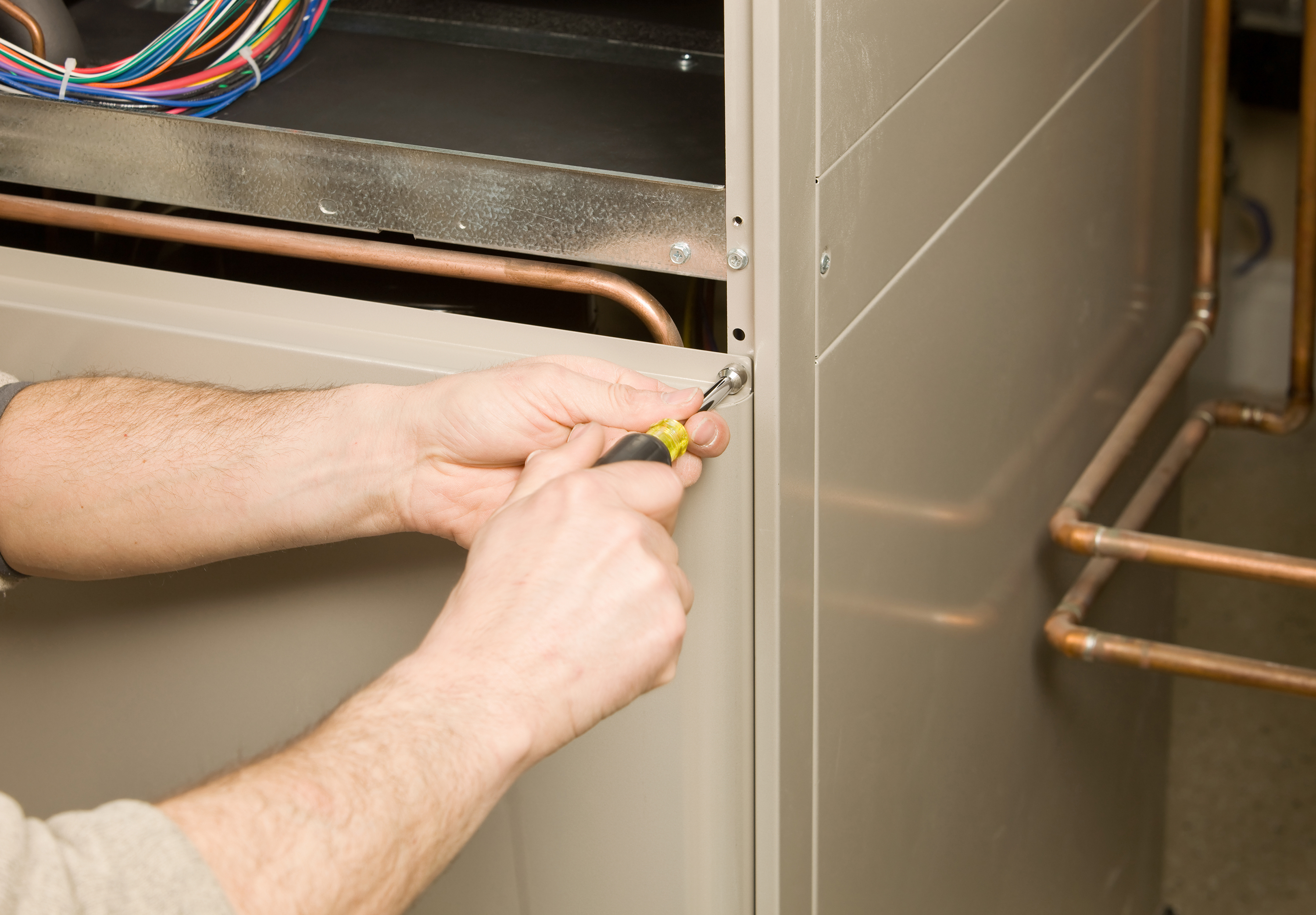

Are you thinking about installing a furnace into your home? You might want to swap to a new one if yours is old and inefficient, as there’s the potential to lower fuel bills and reduce carbon dioxide emissions.
Furnaces heat and distribute air throughout the home via ducts. While many claim that installing a furnace is easier than integrating different types of boilers into your home, we thought we'd take a look at the process itself. Do you need to call in a pro or is it a job you can take on yourself? And how long does it take? This is what industry experts think you ought to know.
Installing a furnace
The process of installing a furnace involves correct specification and preparation beforehand in addition to the process on the day of installation.
Replacing an old, inefficient or greatly oversized furnace with a high efficiency model is a great strategy. Before you do so? The US Department of Energy recommends improving home insulation first and/or fitting new energy efficient windows before you ask a pro to size your new furnace.
Before installing a furnace
First of all the correct furnace needs to be selected. ‘Choosing the right unit involves performing load calculations for your home,’ explains Jimmy Jackson, strategic HVAC advisor at YouthfulHome. ‘Calculations consider square footage, construction materials, ceiling heights, number of occupants, even your appliances.
‘The number, size, and type of windows in the house are critical for accurate load calculations.’
Also important is the ductwork. ‘Existing ductwork has to be adequate for the new unit. You may have to replace some or all of it,’ he says.
It’s vital that gas lines and wiring are checked before installation, too. ‘Gas and electric connections have to be done correctly or you can create a dangerous situation in the home,’ says Jimmy.
Bear in mind that air conditioning needs to work with the new furnace. ‘The unit must be compatible with the existing air conditioning unit. The furnace blower will also force cold air and has to match up with the AC unit,’ he explains.
Bear in mind that it may be necessary for the chimney to be relined as the liner may have deteriorated or there may be no liner.
You might also want to check out other components of your heating system before a new furnace is installed. ‘Conduct an inspection in your air ducts and vents to ensure that they are clean before the installation of your new furnace,’ recommends Joshua Blackburn, director of design and construction, Evolving Home.
‘Hire a professional duct cleaning service prior to installing your furnace, so that your HVAC contractors won’t have any problems with the airflow in your home.’
Furnace installation
On the day of installation, power and gas (if applicable) are turned off.
Venting, wiring, gas lines, and ductwork are then disconnected from the old furnace before it is removed.
Next, any necessary cleaning of the area for the new unit and the entry to ductwork is carried out.
If any alterations to ductwork are required, these are made at this point.
The new furnace must next be positioned correctly before it is connected to the plenum and ductwork system.
Once the new unit is in place correctly it can be sealed and the lines reconnected.
Once the new furnace is in place it should be tested to make sure it is running efficiently.
Can you install a furnace yourself?
You should call in a licensed professional to install a furnace. As you’ve seen, furnace installation requires knowledge and experience so that your heating system runs efficiently. There are also safety considerations, and getting an experienced pro to do the job is important because of these.
‘Can you install your own furnace? Yes. Should you install your own furnace? Probably not,’ says Kelly Bedrich, CEO of NaturalGasPlans. ‘Proper installation of a furnace is not a DIY job. It involves plumbing and electrical work. Anytime you combine flammable natural gas with electricity, you’ll want to involve an expert.’
Jimmy Jackson agrees. ‘You should not try to install a furnace yourself. In most places, it may not be legal,’ he explains.
‘Additional work such as venting, ductwork, and electrical upgrades may require a licensed installer. Even a simple replacement that includes connecting a gas line will likely involve a licensed installer or GC.
‘Improper installation can create a dangerous situation including backdrafts of carbon monoxide that can be lethal.’
How many hours does it take to install a new furnace?
How many hours installing a furnace takes will depend on the complexity of the job. ‘An uncomplicated furnace installation will take anywhere from four to eight hours,’ says Jimmy Jackson. ‘Complications could include having to install a new vent flue or condensation drain.’
Alan Duncan, founder of Solar Panels Network agrees but advises, ‘Make sure to reserve the whole day for it so that you can manage for any hiccups.’
Furnace care and maintenance
With a new furnace installed, getting regular maintenance is key. ‘It’s more cost-effective to take a proactive approach to furnace maintenance than a reactive one,’ say heating, plumbing and electrical experts at Genz-Ryan
‘When something goes wrong and a furnace breaks down, a repair or replacement isn’t a choice – it’s a costly necessity. What’s more, annual furnace maintenance ensures that your heating runs as efficiently as possible, saving you even more money in the long run. Nobody expects to have furnace issues, but without maintenance, the risks of experiencing problems are much higher.’
Join our newsletter
Get small space home decor ideas, celeb inspiration, DIY tips and more, straight to your inbox!

Sarah is a freelance journalist and editor writing for websites, national newspapers, and magazines. She’s spent most of her journalistic career specialising in homes – long enough to see fridges become smart, decorating fashions embrace both minimalism and maximalism, and interiors that blur the indoor/outdoor link become a must-have. She loves testing the latest home appliances, revealing the trends in furnishings and fittings for every room, and investigating the benefits, costs and practicalities of home improvement. It's no big surprise that she likes to put what she writes about into practice, and is a serial house revamper. For Realhomes.com, Sarah reviews coffee machines and vacuum cleaners, taking them through their paces at home to give us an honest, real life review and comparison of every model.
-
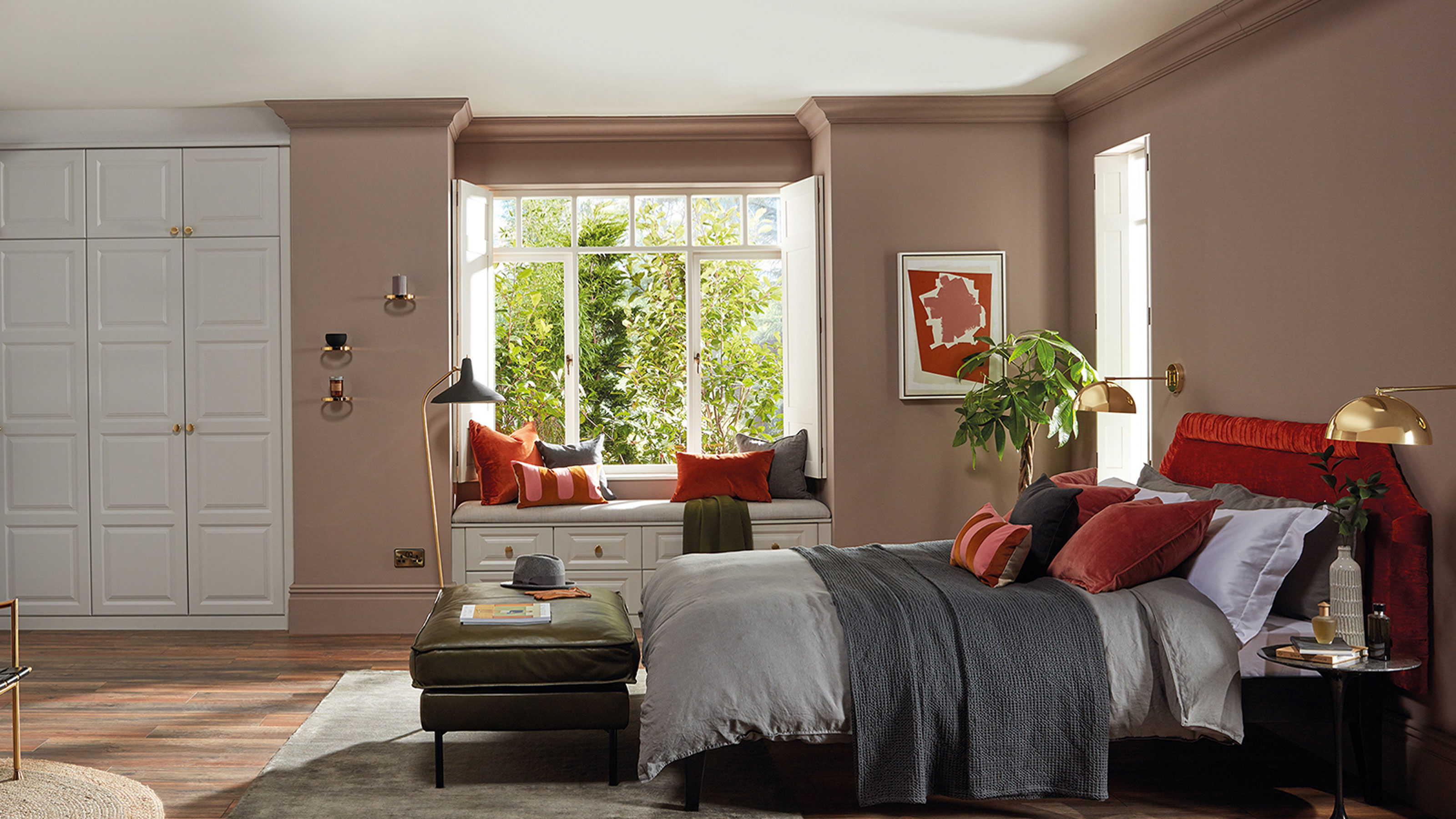 Anthony Carrino reveals $8 product all renters need to help keep their home warm
Anthony Carrino reveals $8 product all renters need to help keep their home warmThe designer known for his HGTV show 'Kitchen Cousins' shares his window insulation tip to keep your home warm
By Millie Hurst Published
-
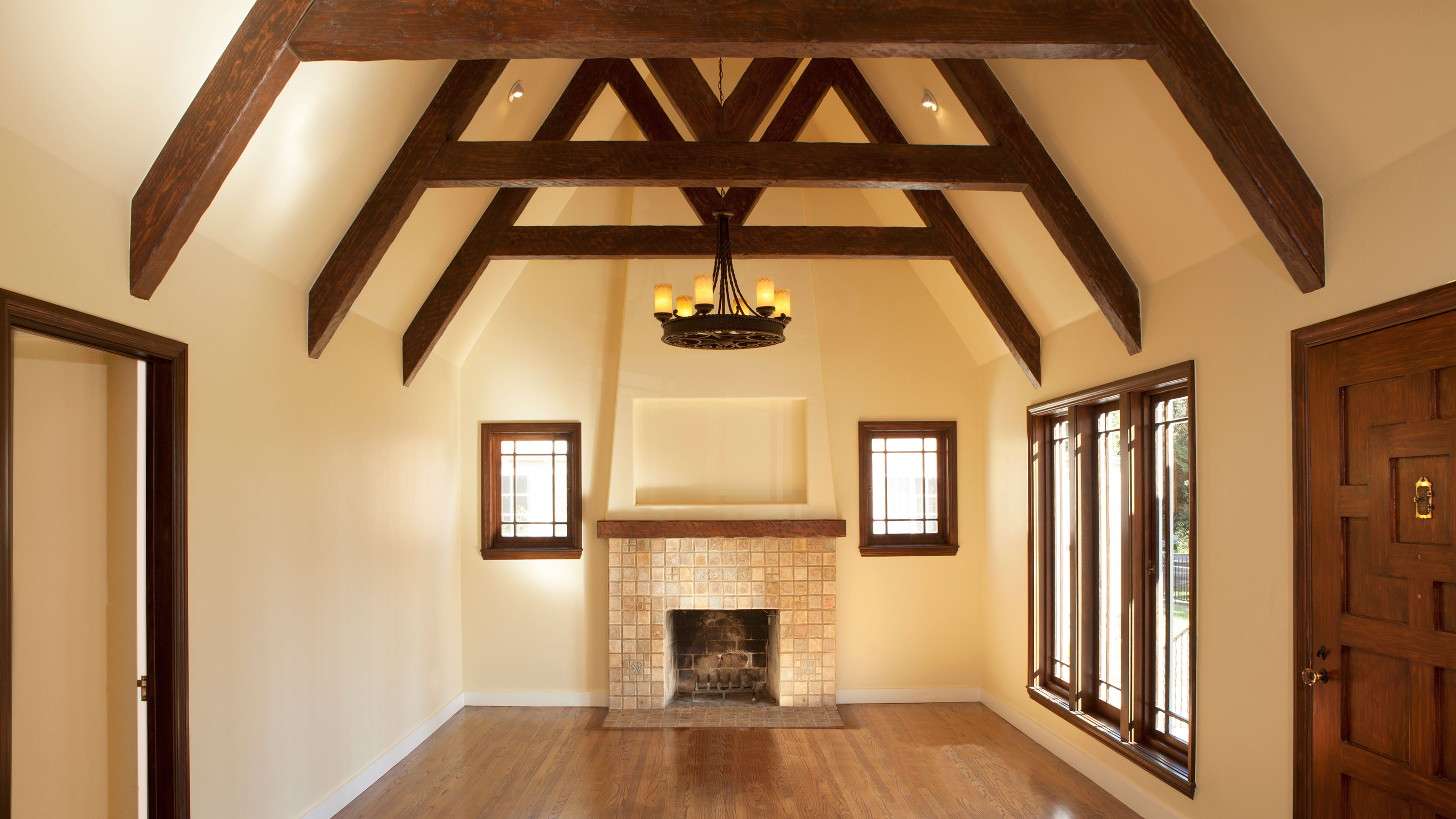 A total guide to vaulted ceilings – pros, cons, costs and more
A total guide to vaulted ceilings – pros, cons, costs and moreWeigh up the pros, cons and costs of vaulted ceilings to decide whether they are the right fit for your home.
By Sarah Warwick Published
-
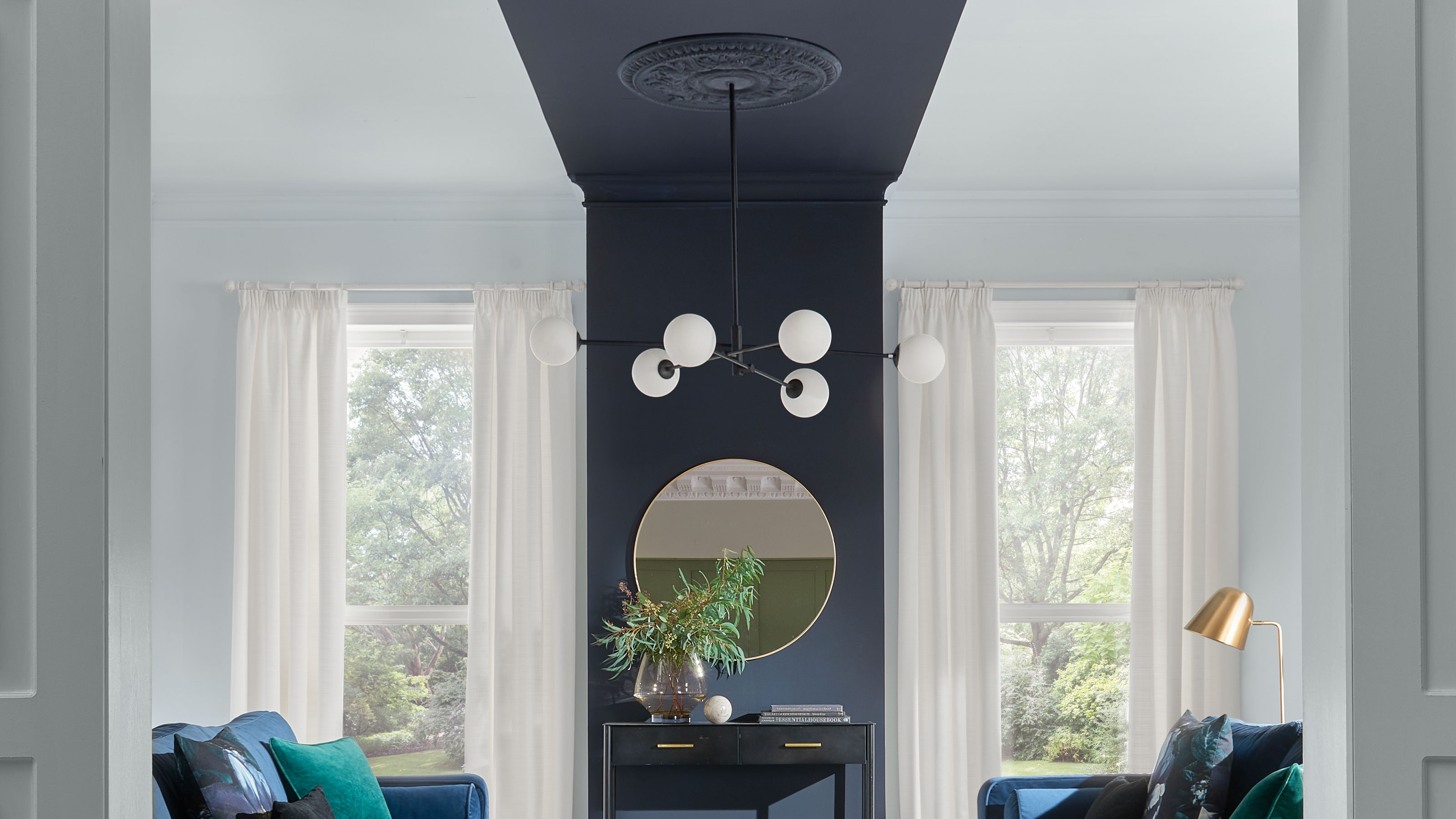 17 ceiling ideas to add wow factor from above
17 ceiling ideas to add wow factor from aboveTransform your fifth wall with ceiling ideas that are sure to add character to every room. From beams and paint to wallpaper and more unique ways to cover ugly or dated ceilings, there's so much in the way of inspiration.
By Holly Phillips Published
-
 5 ways to stop drafty doors fast — seal air leaks with help from the experts
5 ways to stop drafty doors fast — seal air leaks with help from the expertsLearn how to stop drafty doors if you're feeling a chill. Sealing air leaks is easily done DIY with quick fixes from home experts.
By Anna K. Cottrell Last updated
-
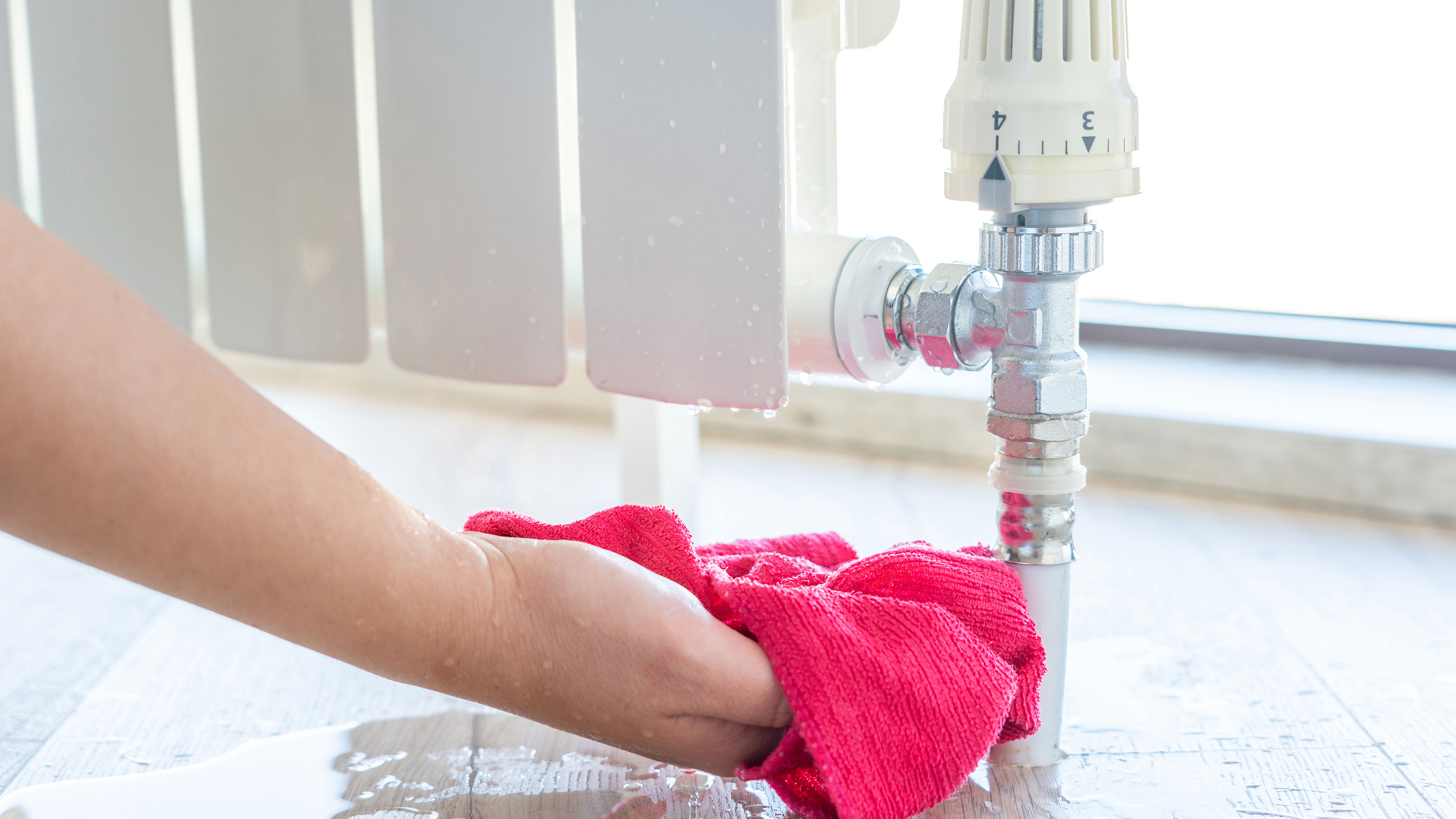 Leaking radiators: why it happens and how to fix it
Leaking radiators: why it happens and how to fix itIf you've got a leaking radiator, you should try and resolve the issue quickly. This is why it's happening and how to fix it.
By Sarah Warwick Published
-
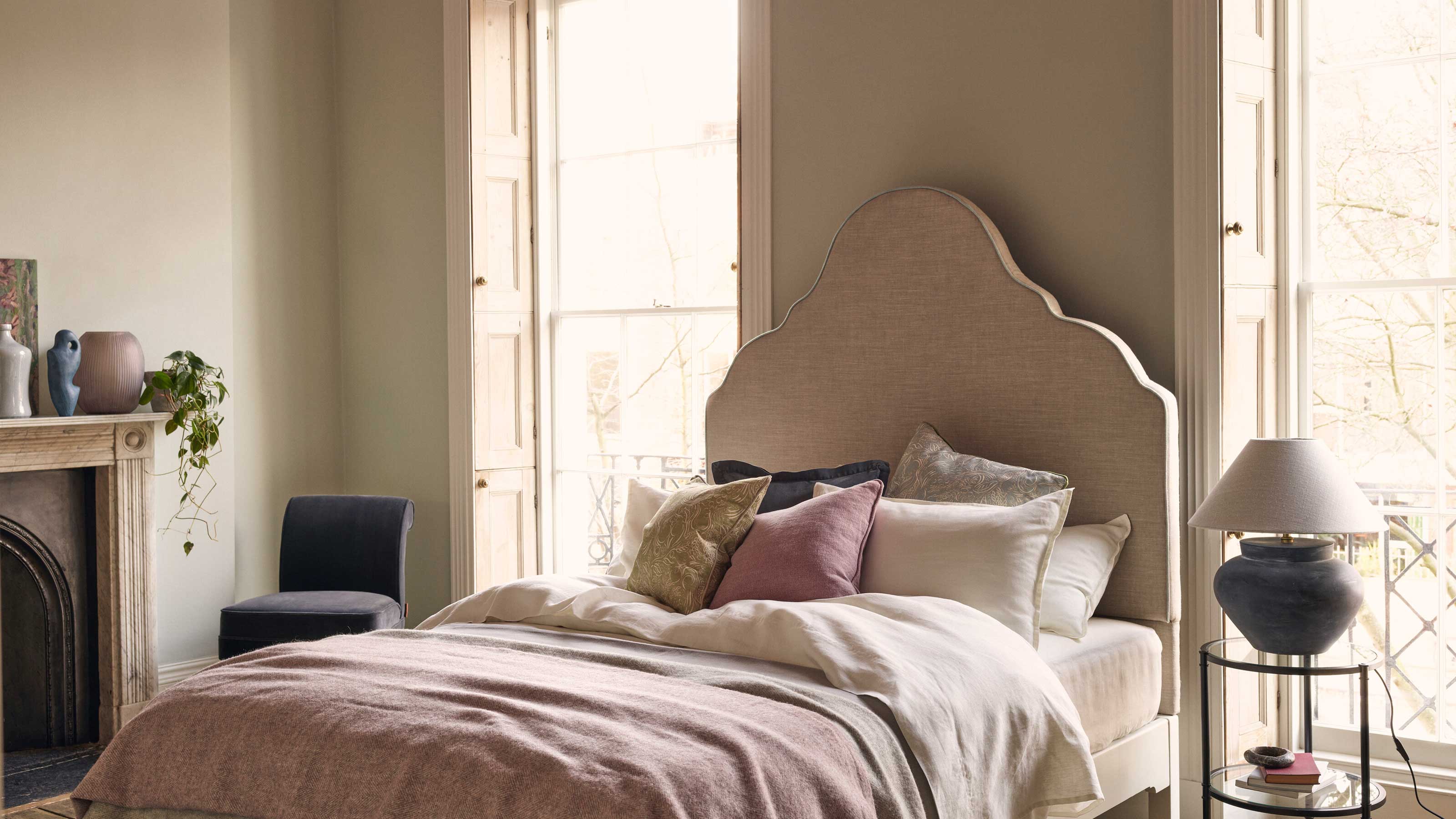 How to keep scrolling for DIY inspo – without losing sleep
How to keep scrolling for DIY inspo – without losing sleepBecause there's a time and a place for TikTok. And just before bed isn't the one
By Millie Hurst Published
-
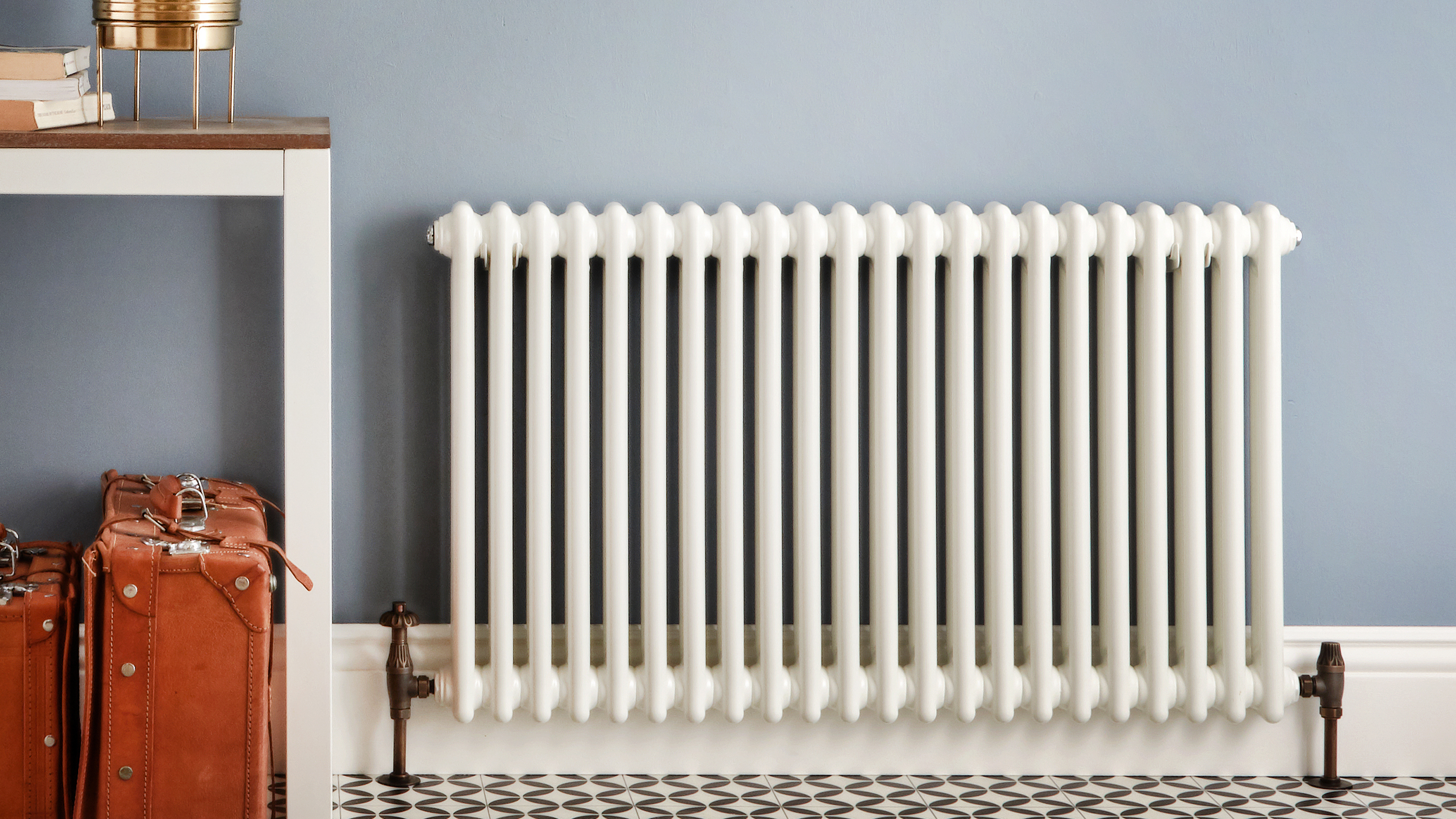 How much does it cost to replace a radiator?
How much does it cost to replace a radiator?Everything a homeowner needs to know about what it costs to replace a radiator and when to do it
By Carol J. Alexander Last updated
-
 How to balance radiators – a simple step-by-step guide
How to balance radiators – a simple step-by-step guideSome of your radiators slow to heat up? Learn how to balance radiators and solve the problem
By Sarah Warwick Last updated